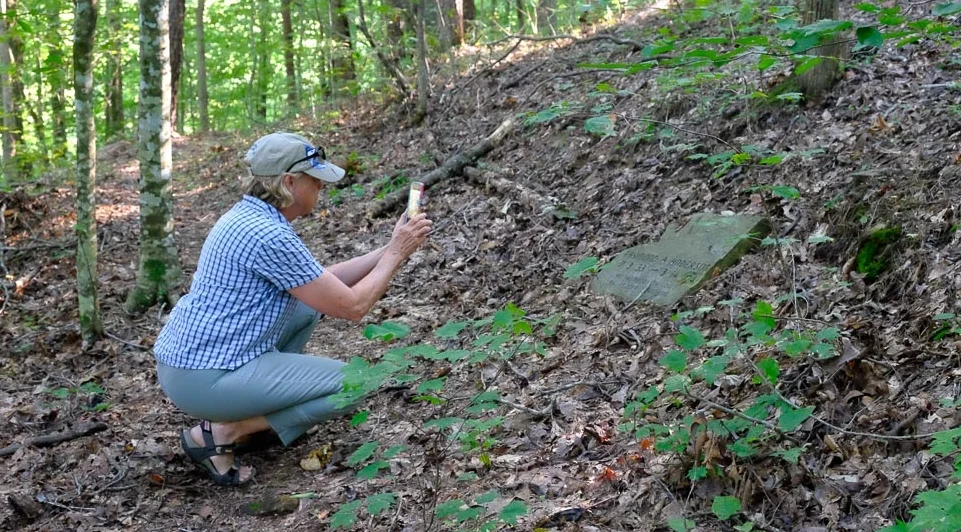Hoffner family at Steelmantown Cemetery photo by Tom Bailey
I’m standing over my father’s grave at Steelmantown Cemetery with my brother and my father’s grandchildren. We’re smiling. Should we be? This is a place of death. It’s also a place of natural burial, where new graves soon blend in with the forest floor (can you tell what is new ground cover here?) and the bodies they hold become part of the web of life. We’re probably stepping on leaves that contain my father’s molecules.
Yuck? No. Good.
Green burial is also about bringing family and friends into a closer circle of intimacy with dead loved ones. We have a complex relationship with death that can be unravelled and simplified if we wish.
The Natural Burial Cemetery Guide is a project I began in 2015, continued with publication in early 2017, and added to with a print edition later that year. I’ve made updates to the digital editions and now in 2019 with more cemeteries offering green burial and burial numbers at existing grounds continuing to rise, I’ve begun an arduous update process.
If you want to learn more about natural burial there’s no better way than through the cemeteries that offer it. The Natural Burial Cemetery Guide is a good place to start.
























